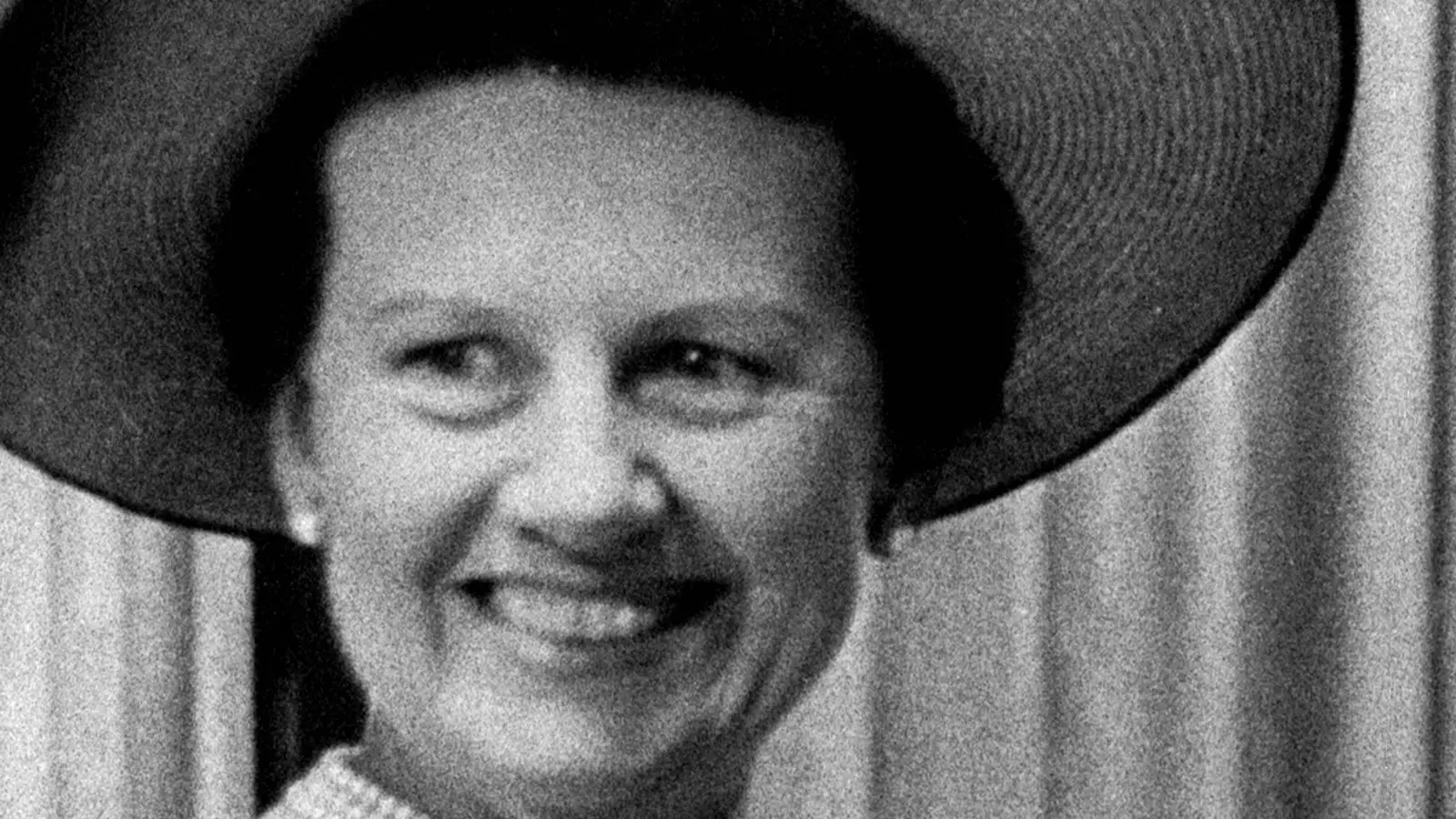The story of Muriel McKay, a victim of a notorious kidnapping turned murder, unfolds against a haunting backdrop of unfinished business and unresolved pain for her family. After decades of searching for her remains, a new complication arises: the market value of the farm where her alleged killer claims to have buried her body may be significantly diminished due to the lingering specter of this cold case. This scenario not only raises questions about the intersection of crime and property but also reflects the emotional toll on the victim’s family as they seek closure in a case that has haunted them since 1969.
In what can be seen as a direct consequence of unresolved tragedy, independent property valuers have assessed that the land in question could be worth up to 50% less than its true market value, largely due to the existing mystery surrounding Muriel McKay’s burial site. This assessment is crucial because it speaks to a broader issue in real estate—how the history of a property, particularly one associated with violent crime, can adversely impact its financial worth. The family of McKay is using these valuations as leverage in hopes of persuading the current landowner to allow for another excavation. Persistent attempts have been made for thorough excavations, reflecting their deep-seated desire for closure.
The notion that a property can hold a diminished market value due to its association with a crime speaks volumes about societal perspectives on space and memory. While the physical land remains unchanged, the emotional and psychological weight becomes palpable. Buyers, valuing their peace of mind as much as property potential, may shy away from purchasing land tied to past atrocities, a trend recognized in varying degrees across different types of properties.
Muriel’s family has faced myriad frustrations, particularly directed toward police authorities. Mark Dyer’s critique of the police’s excavation methods—expressing disappointment that a mechanical digger was used instead of extensive, meticulous manual work—highlights the family’s desire for a thorough investigation. This call for meticulousness suggests that for the McKays, closing the case means much more than just a legal resolution; it necessitates respect for their grief and the memory of Muriel.
Their frustration deepened when they learned that the police had resisted granting Nizamodeen Hosein, one of her convicted killers, access to the site to potentially indicate the burial area. Family members assert the absurderity of a system that denies them the opportunity to uncover the truth of their lost relative’s fate. There’s a glaring disconnect between the law’s rigid procedures and the deeply personal pain experienced by the family. In such instances, the law risks appearing as an impersonal entity, dismissing the human side of the crime.
The layers of complexity deepen when considering the moral implications of allowing her suspected murderer to guide the search for her remains. One might question the ethics of enabling a killer to dictate search parameters. Yet, the family’s desperation for closure helps to paint a picture of the heavy burden they carry. Amidst emotional turmoil, the family grapples with the challenge of navigating their need for answers through a legal labyrinth that lacks empathy.
Additionally, the McKay family’s interaction with Hosein also reflects the duality of seeking truth and confronting the history of violence inflicted upon a loved one. As they move forward, the family is brought face-to-face with the reality that justice is not always clear-cut, and in their pursuit of answers, they must confront the very person who is partly responsible for their anguish. The family desires a resolution that transcends legal judgments, eschewing mere retribution in favor of a heart-wrenching quest for parental closure.
The Metropolitan Police have expressed their confidence that previous searches were comprehensive, yet conflicting narratives indicate that desire for resolution remains unquenched. As noted in their communications, while they have conducted significant searches, the families’ persistent appeals reveal a deep-seated need to keep the memory of Muriel McKay alive while also tackling the haunting uncertainty of “where?” and “how?”
Ultimately, this saga highlights the complex interplay between unresolved grief, the impact of crime on property value, and the relentless quest for closure. As new generations grapple with the aftermath of historical crimes, such cases challenge our collective memory while calling into question the effectiveness of the systems designed to deliver justice. In guiding us toward answers, the McKay case reveals that the quest for truth often lies at the crossroads of empathy, ethics, and enduring personal pain.

Leave a Reply